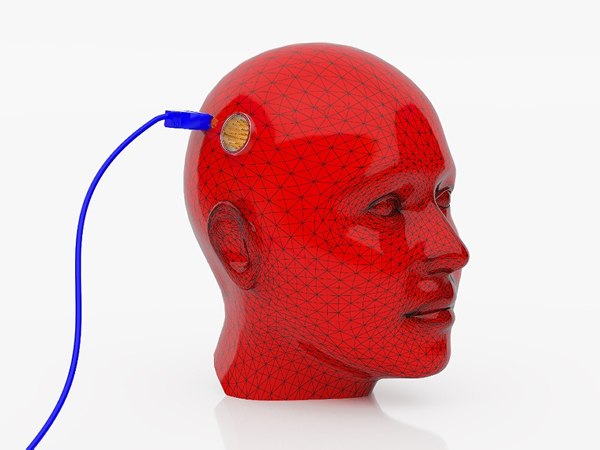ATD Blog
The Neuroscience of Leadership and Trust
Tue Jul 02 2013

Most people would agree that today’s leaders need to be experts at developing and building trust with their team members. This requirement has become even more important as Millennials have entered the workforce. So far, this generation seems to place a high value on collaboration and social connectedness in the workplace. These workers need to feel connected to their leaders and want to know that they have a relationship built on trust. There are thousands of books on leadership out there already, so what can neuroscience tell us about the process of building trust?
Oxytocin: the neurotransmitter of trust
A study in 2008 identified a neurochemical, called oxytocin, which makes the brain more receptive to feel trust towards a stranger. This same chemical is released in large amounts during sex and child birth, and is thought to trigger feelings of orgasm and mother-child bonding. Another study identified two distinct areas in the brain: One is activated when we are experiencing feelings of trust, and another is activated when we do not trust someone.
At the risk of sounding “politically incorrect,” it makes perfect sense to me that the emotions of trust, orgasm, and maternal bonding all would be triggered by the same mechanism within our brains. There is a significant similarity in what is happening in each of these cases from an interpersonal point of view. A new relationship is being formed, and that means that trust must be established between the two parties.
Building trust as a leader Our brains make a determination of the trustworthiness of a person within milliseconds of meeting him. This initial evaluation continues to be updated as more information is obtained and processed. The brain simultaneously is evaluating physical appearance, gestures, voice tone, the content of spoken communication, and many other factors. All of this is happening so quickly that most people will find it difficult to express exactly why they trust or distrust a person.
So how does a leader build trust? Here are a few suggestions based on how our brains process information:
Make people feel safe. Our brains place top priority on survival, so any person who demonstrates that she can reduce or eliminate threats to others’ survival is deemed trustworthy. Remember that in today’s world, threats could mean a challenge to our physical survival, but also could mean a danger to our prestige, income, or comfort.
Demonstrate fairness. Another study determined that people who played a computer game that was set up to place them at a disadvantage against other fictional players triggered the distrust portion of the brain, and also elicited feelings of anger and frustration.
Think about how you appear to others. When we watch someone else, our brains are activated in the same way that the brain of the person we are observing is activated—through the function of special “mirror neurons.” This means that you might unintentionally transfer your own feelings of distrust to others. The trick is that you can’t fake trust; our brains can tell the difference. You actually must believe that your co-workers are trustworthy to transmit this signal to them. In turn, their brains will start feeling trust towards you as a result.
By understanding how the brain determines trustworthiness, we can help leaders to gain the trust of their team members. Neuroscience teaches us what great leaders always have known intuitively: It starts by focusing on the needs of the team member, not your own. You can’t fake it. You truly have to be trustworthy to be trusted.
_For more on neuroscience applications for human capital, check out the full blog series here.
_
Learn more by attending one of my upcoming workshops for Essentials of Brain-Based Learning.
